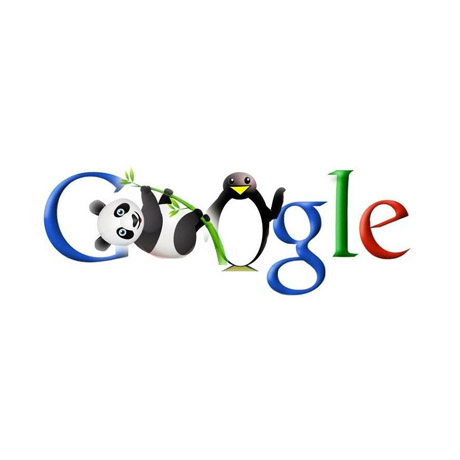Stress-Free Beauty, Health, and Medical WordPress Themes

The beauty, health and wellness industry is a lucrative industry. People will always want to look good and be healthy. Setting up an impressive website for your beauty or health and wellness business is key to getting the type of clients you want. Here are some great WordPress themes to help you create the right aesthetic for your beauty and health business online:
Blush
Blush is a professionally designed salon/spa/health/ beauty theme from Aloha Themes. This premium theme is easy to customize with lots of features to choose from – from using your own logo, changing theme colors, using widgets or built in shortcodes – to create the signature look you want.
Health and Beauty Theme
Health and Beauty Theme from Organic Themes is a beautiful and cleanly designed premium theme that won’t disturb your zen. This calm and soothing theme complemented by the overall classy and professional aesthetics is perfect for promoting health and beauty services that will impress even the pickiest clients.
HairPress
HairPress is a fully responsive premium WordPress theme perfect for hair and beauty salons, wellness centers, and professional medical services. It includes several built-in page templates ready for you to use straight away. Hair concerns are not just for women. Men are just as vain when it comes to hair. HairPress is a theme that’s not too feminine and it has lots of customization features that will help you create a strong online presence that will appeal to both men and women.
The Beauty Salon
The Beauty Salon is a sleek, modern, and professional looking theme that speaks credibility and confidence all over. One of the many obstacles to getting clients to try a new service or a new store is the lack of confidence. It is important for business websites to create the impression that they know what they are doing to allay fears of potential customers. This premium theme does just that and more. It’s packed with advanced features such as a sliding menu card, a tiled gallery, custom page templates, and multiple shortcodes to create that wow factor you need. Give your website a total makeover with The Beauty Salon Premium WordPress Theme.
HealthPress
If you are a health or medical practitioner, a wellness center, or a healthcare or medical service institution wanting to create your own website, check out HealthPress Premium WordPress Theme. This responsive theme is perfect for health and medical professionals, clinics, centers, hospitals, and other related industries. Running a health or medical related business online is tricky because medical consultations are personal and real world connections are important. HealthPress contains features like galleries, bios, credentials, services, testimonials, and other info templates to create that connection between your users and your medical team.
WP-Venus
Named after the Roman goddess of beauty and love, WP-Venus has that soft and pretty aesthetic that will appeal to a more feminine audience. With its soft colors, clean, responsive layout and extreme versatility, WP-Venus is an ideal theme for an online health, wellness, beauty and fashion, and even entertainment magazine that can appeal to a broader audience.



